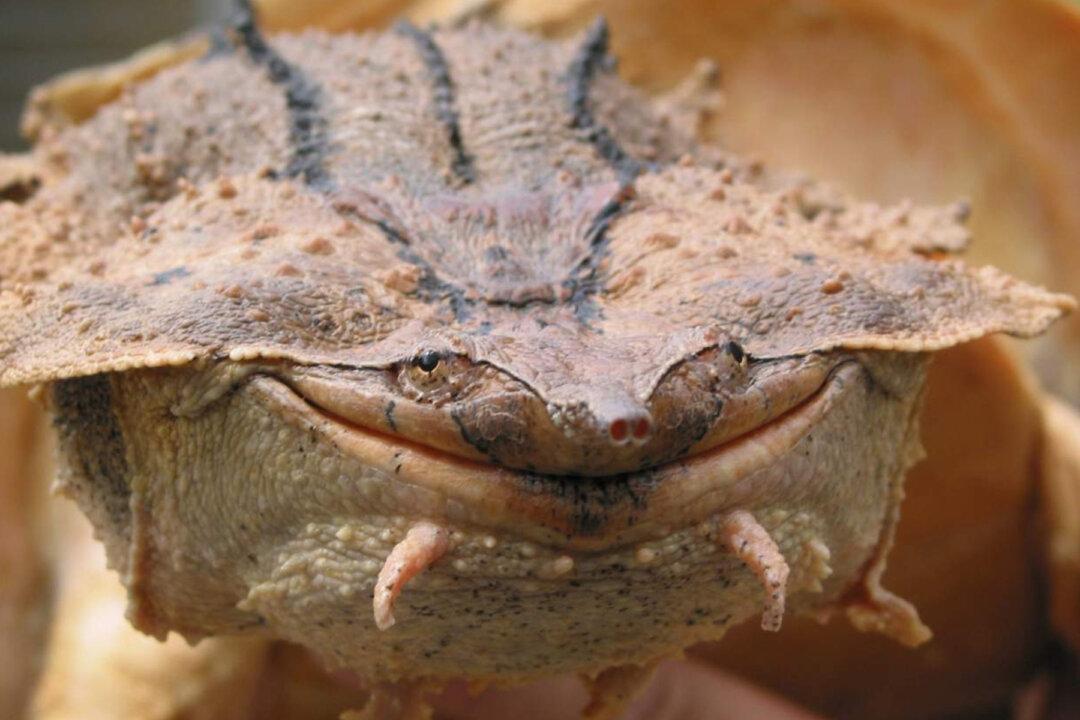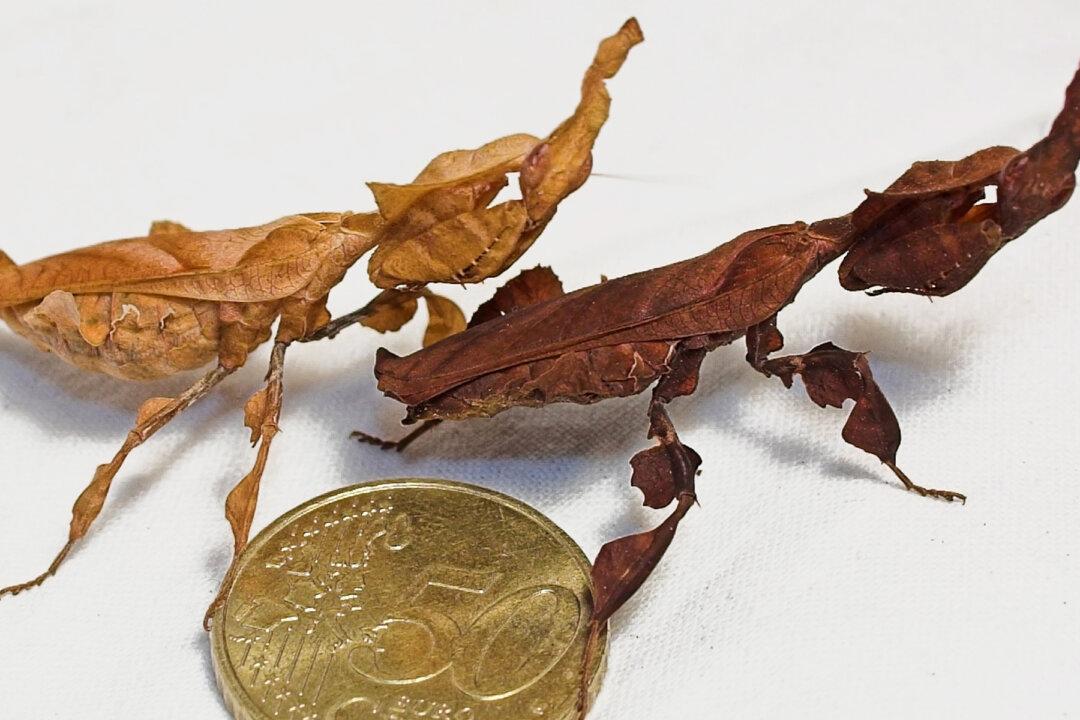A new species of mata mata turtle recently discovered has been described by scientists “as one of the most bizarre turtles of the world” and “one of the most charismatic.” This strange-looking freshwater turtle is found in the massive Orinoco river basin in Venezuela and eastern Colombia (hence its scientific name, Chelus orinocensis).
The discovery of the new species was published in the journal Molecular Phylogenetics and Evolution. The Orinoco mata mata turtle hides in muddy river waters, resembling the appearance of rock. Only its small eyes give it away to the observer, or when it opens its huge mouth and sucks in its prey whole.





